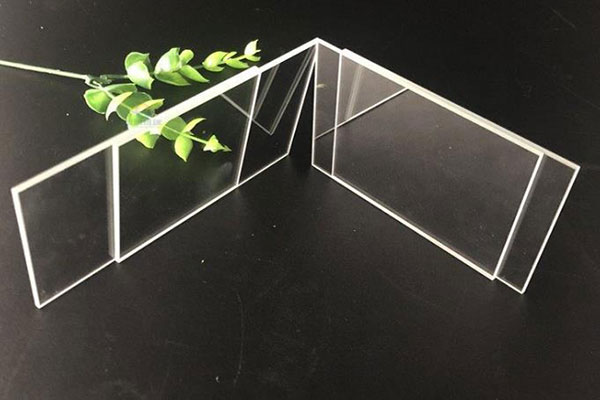Tell the [secret] advantages of reflective glass applications in life! In our daily lives, we have all experienced being attacked by glare, partly from the source of the glare and partly from the reflection of the glare. For example, when operating a computer, the presence of glass windows causes LCD monitors and LCD touchscreens to reflect light, preventing people from seeing what is being displayed. The use of anti-reflective glass windows can be an effective solution to the problem of glare pollution. Anti-reflective glass can be used in solar collectors, advanced photo frames, LCD monitors, industrial instruments, and touchscreens by spraying, sol-gel impregnation, magnetron sputtering, vacuum evaporation, or acid etching to reduce the surface light reflectivity and enhance its ** properties.
First of all, need to clean the car glass, is to be dry after the study of spraying; Configuration of the lithium silicate solution, and then the cleaning and processing of the clean glass plate heated to 50 ~ 60 ° C, the use of a pressurized low-flow rate as well as a jet control system to the heated glass plate between the surface by spraying lithium silicate aqueous solution; After the sprayed glass plate heated to about 200 ° C themselves and then according to the cooling, and then 50 ~ 60 ° C of water The glass material surface data will be cleaned a clean, dry can be.

The sol-gel immersion method is used to form an anti-reflective film layer on both sides of a general flat reflective glass, which not only greatly reduces the reflectivity of the general glass surface, but also improves the visual clarity of the reflective glass.
The glass surface is continuously coated with a plurality of dielectric films, resulting in a low reflectivity on the glass surface and an increase in light transmittance to over 98%. The method is complex, requires high environmental and equipment requirements, and has a high cost, making it suitable for manufacturing high-end technology products.
What is photovoltaic unidirectional reflection-reducing glass?
It means one-way reflection-reducing glass. Unidirectional reflection-reducing glass refers to the coating of one or more thin films of metals, alloys or metal compounds on the surface of the glass to change the optical properties of the glass to meet certain specific requirements. According to the different characteristics of the product, one-way reflection-reducing glass can be divided into the following categories: heat-reflective glass, Low-E glass, conductive film glass, and so on. Reflective glass is generally coated on the glass surface with one or more layers of chromium, titanium or stainless steel and other metals or their compounds composed of thin film, the product is colorful, the visible light has a proper transmittance, infrared has a high reflectance, and ultraviolet has a high absorption rate.
Therefore, also known as a sunlight to carry on the control system to reduce the reflection glass, mainly can be used in China's building and glass curtain wall; Reduced reflection glass is in the glass material surface plating by multi-layer silver, copper or tin and other metals or their compounds structure composed of thin film system, the product has the ability to visible our light has a high transmittance rate, reduce the reflection of the glass to the infrared ray has a high reflectance rate, has the development of a good heat insulation technology performance, mainly includes Used to improve the building and automobiles, ships and other traffic management tools, due to the relatively poor strength of the film layer, generally made of insulating glass through the use; conductive film reduced reflection glass is coated with indium tin oxide and other conductive films on the surface of the glass processing, can be used for the production of glass heating, defrosting, demisting, and enterprises used as liquid crystal display screen;






